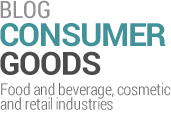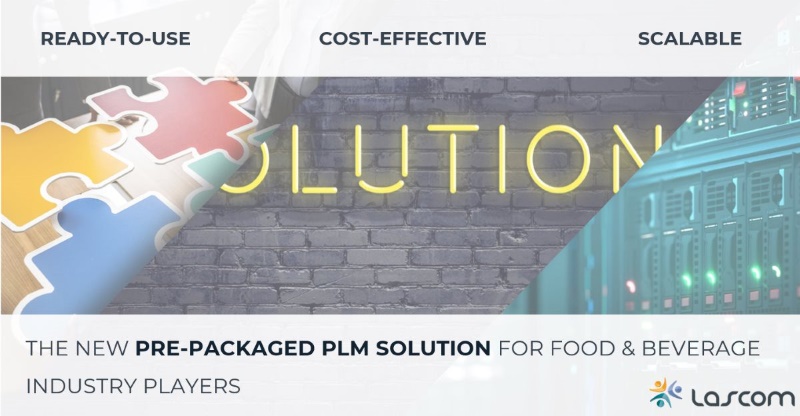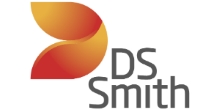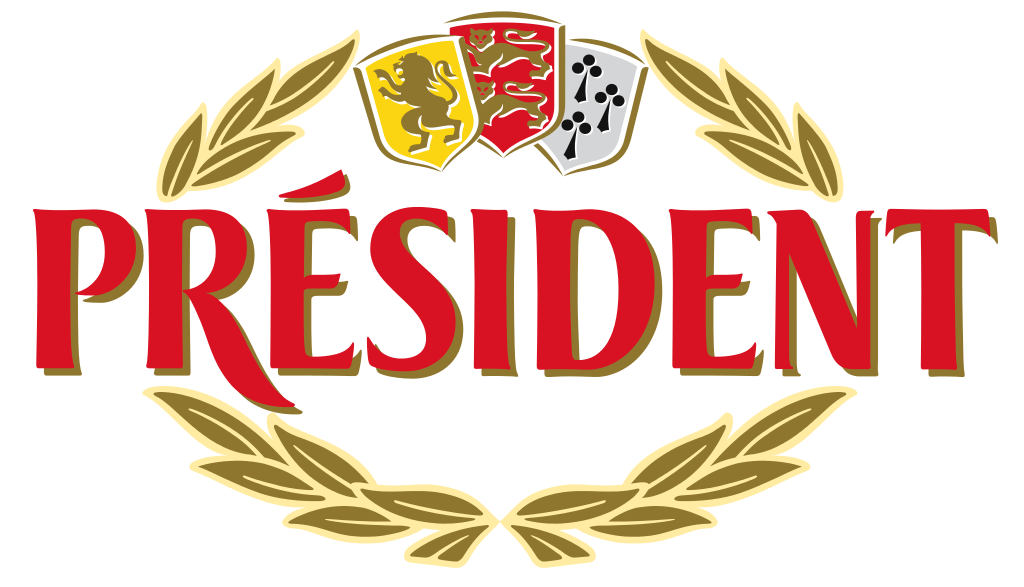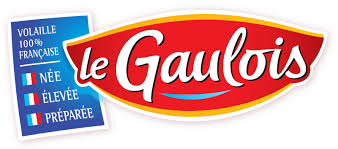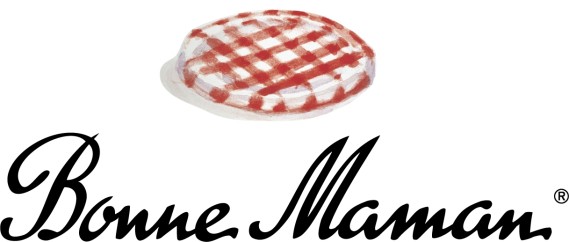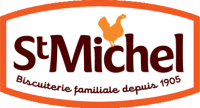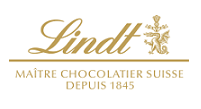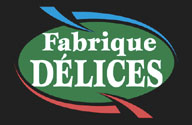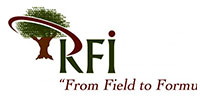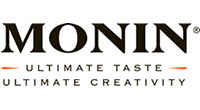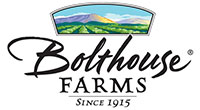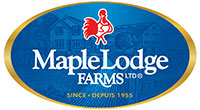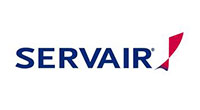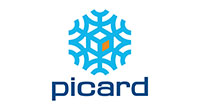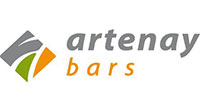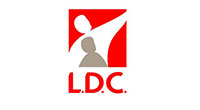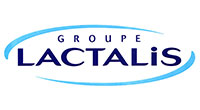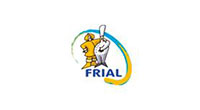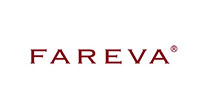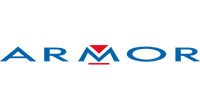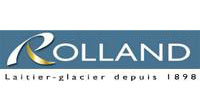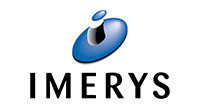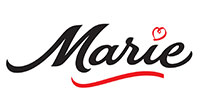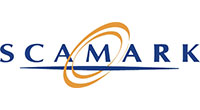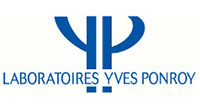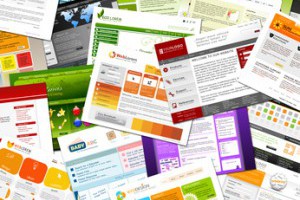
When it comes to prepacked food, its labeling can be as complex as either its pack development or its manufacturing process. Indeed, wherever it may be sold, prepacked food is subject to very strict regulatory requirements, notably regarding food information to consumers. Without further ado, let’s have a look at the labeling requirements in the light of US standards.
US regulatory framework and standards:
In the US, the Food and Drug Administration (FDA) is the authority regulating foods under the code of Federal Regulations (CRF), Title 21. In addition to foods, the FDA regulates all products containing more than one ingredient: cosmetics, drugs, electronic products, medical devices, tobacco and cosmetics.
The part 101 of the CFR 21 is dedicated to food labeling. It is divided into 7 sub-parts, including general provisions, specific food labeling requirements, requirements for different types of claims and exemptions. Here are the required sections when placing a food product on the US market:
Principal display panel (PDP):
The PDP is what the consumer can see when the product sits on the shelf. It must contain a statement of identity and the net quantity of contents.
The statement of identity:
It is defined as the regulatory name (if applicable) or the common or usual name of the food or an appropriate descriptive term.
Its size at least ½ the size of the largest print on the label.
The net quantity of contents:
The net quantity of solid foods is given in pounds and/or ounces. For liquids, the net quantity is expressed in fluid onces. In each case, the metric system should also be used.
Information panel:
The information panel is ‘that part of the label immediately contiguous and to the right of the principal display panel as observed by an individual facing the principal display panel’.
Any mandatory elements from the information panel may appear on the principal display panel instead, there should be no intervening material between the elements and all information required to appear on the information panel are under §101.4, 101.5, 101.8, 101.9, 101.13, 101.17, 101.36, subpart D of part 101, and part 105 of CFR 21.
The required information on the information panel are the ingredients, the food allergens, the name and place of the business and the nutrition facts panel.
Ingredients:
Among other requirements, ingredients shall be listed by common or usual name in descending order of predominance by weight.
For further information, feel free to visit our article dedicated to ingredient statements.
Food allergens:
The Food Allergen Labeling and Consumer Protection Act (FALCPA) defined in 2044 the 8 major allergens (MILK, EGG, FISH, CRUSTACEANS, TREE NUTS, WHEAT, PEANUTS, SOYBEANS) that can be found in food products. These eight foods are believed to account for 90% of all food allergies in the U.S. and represent the foods most likely to result in severe or life-threatening reactions.
A major food allergen also means a food ingredient that contains a protein derived from one of these foods, except for highly refined oils and food ingredients exempted under a petition or notification process specified in the law.
Allergens must be identified within the ingredient statement. FALCPA’s labeling requirements includes declaring any incidental additives, such as processing aids, flavors, and colors, that contain a major food allergen.
Name and place of a business:
The name of the manufacturer, the distributor or the packer must be labeled and must include street address, city, state and ZIP code.
Nutrition label:
Unless a product falls into the category of a nutrition labeling exemption, a food product must contain a nutrition label. It is to be noted that on May 20, 2016, the FDA has finalized a new Nutrition Facts label for packaged foods. Check out our dedicated article about nutrition facts, including the new nutrition facts label key changes.
Food industry players: How to comply with labeling regulations and its amendments?
Most of manufacturers and distributors use IT solutions as ERP (Enterprise Resource Planning) and/or PLM (Product Lifecycle Management) to leverage their data to ensure finished product compliance.
Lascom’s PLM software is an innovative IT tool that drives product development and reviews. Thanks to its product compliance module based on both European and US standards, companies can automatically generate ingredient statements and nutrition facts panels from raw material specifications data. Requirements and standards are analyzed, implemented and kept up to date within our solution by our regulatory expert.
If you want to know more about Lascom and its solutions, just click :
